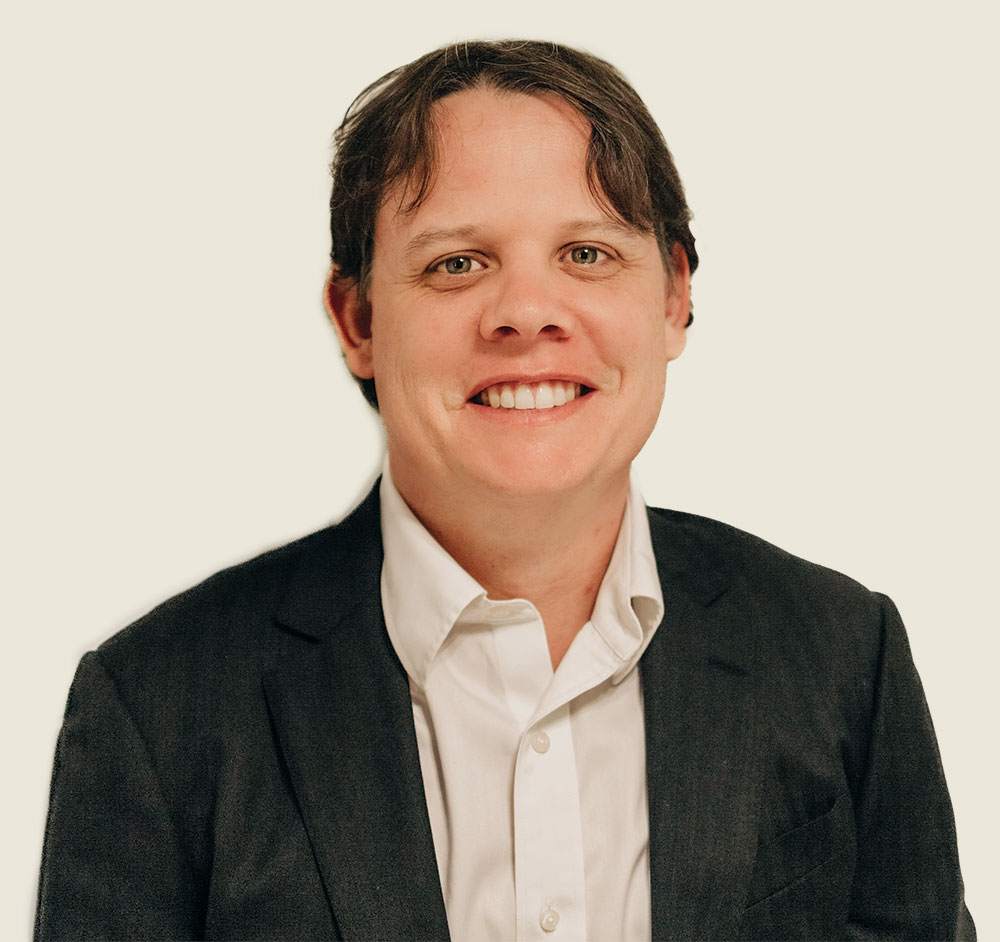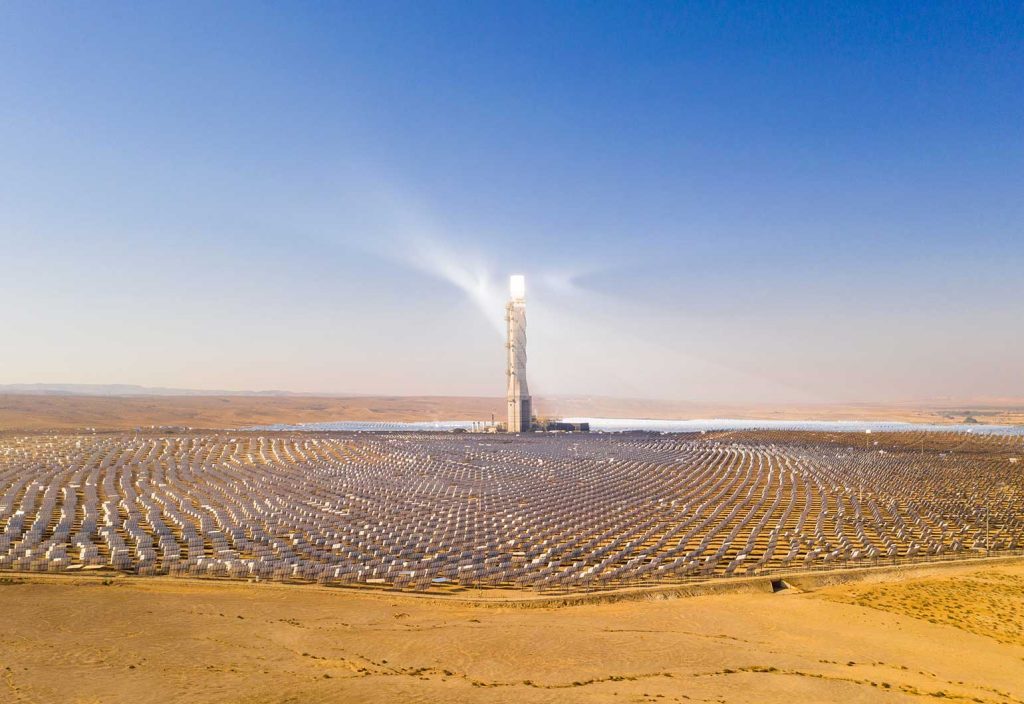In the lead up to UNESCO’s World Engineering Day for Sustainable Development (4 March), create is presenting a series of discussions with experts, revealing the evidence — including major innovations and projects, challenges and solutions, opportunities and risks — that proves engineers in Australia are leading the way to a better future.
Don’t miss Engineers Australia’s free World Engineering Day webinar at 12.00 pm AEDT on Friday, 4 March.
Concentrated solar thermal (CST) power has not taken off in Australia.

This might be explained by the fact that CST plants are major projects. They have a potential construction cost of several hundreds of millions of dollars.
Then there’s the fact that in Australia, CST is relatively unknown and untested.
Dr Stuart Bell, a lecturer at QUT’s Faculty of Engineering and a researcher with the Australian Solar Thermal Research Institute (ASTRI), is part of a group of academics, engineers and scientists from a consortium of leading universities and research institutions working to develop and demonstrate the technology.
Why would energy companies choose CST over the more traditional photovoltaic solar? It’s not that one is better than the other, Bell said. Instead, it’s that they each have different strengths and weaknesses.
“The main advantage of thermal solar is storage,” he said. “There’s the ability to store thermal power as heat during the day and use that energy comparatively cheaply, rather than requiring batteries, in the night.”

Then there’s the fact that CST plants don’t require connection to the national grid. In a country as vast as Australia, this could offer exciting solutions in remote population centres.
Bell is investigating materials that improve storage efficiencies. Traditionally, thermal energy is stored as heat in molten salts.
More recently, he has also begun looking into the degradation challenges of future CST plants. The plant infrastructure must be capable of coping with enormous temperature fluctuations, including increasingly high temperatures, as CST technology improves. Thermal ageing and damage of mechanisms such as pipes and machinery is being researched.
The problem is being investigated from both a material failure point of view (how long will a particular type of weld last?) and a performance and efficiency point of view (how can the system be engineered to be more efficient?).
“Inherent in CST operations is a thermal cycle,” Bell said.
“It heats up during the day then cools down at night as the system uses that heat. That happens every day over thousands of days. As an engineering challenge, the effects of that thermal cycle are not well understood.”
